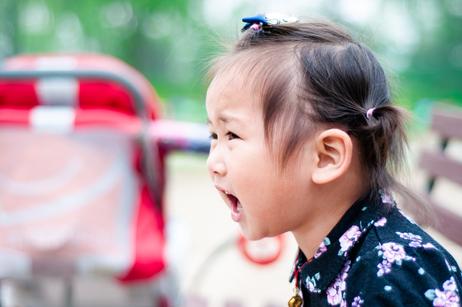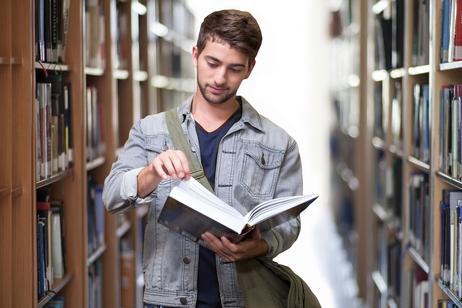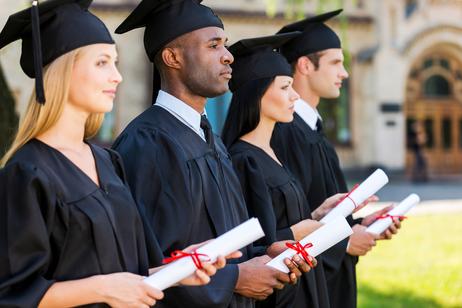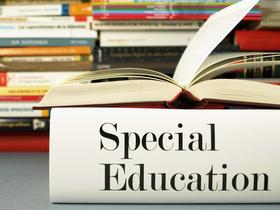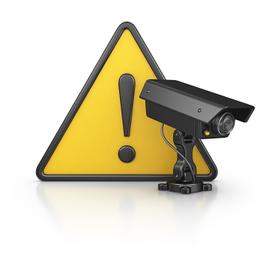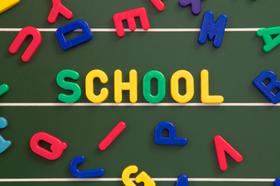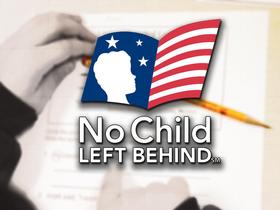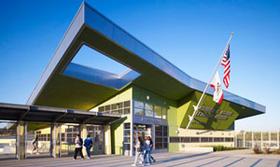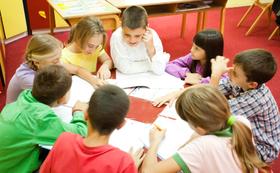Raising children is a difficult and often thankless job. If you ask any parent, however, youвҖҷll hear them say that itвҖҷs worth it. Your child is more than just your flesh and blood вҖ“ he is your life and your number-one priority. When something seems wrong, no one has to ask you to step in and find a solution. Chances are that youвҖҷve already been thinking about what to do.
ItвҖҷs not easy being a parent, but some children are more difficult than others. As a parent, however, you know the difference between your child acting out and your child acting differently. Behavioral changes are going to happen throughout your childвҖҷs life, but some changes are not normal. If you notice your child exhibiting serious behavioral issues or sudden changes, run, donвҖҷt walk to your pediatricianвҖҷs office. From there, the next step might be to visit a child psychologist. No parent wants to hear that their child has a behavioral disorder but knowing is better than not knowing because it means that you can take steps to help your child.
Finding help for your child is just one step in the process. Once you start getting his behavioral issues under control, you need to start thinking ahead. This means considering your childвҖҷs future, particularly in terms of his education. In this article, weвҖҷll explore some of the most common behavioral issues in school-age children and talk about whether an alternative school might help your child.
This video examines

